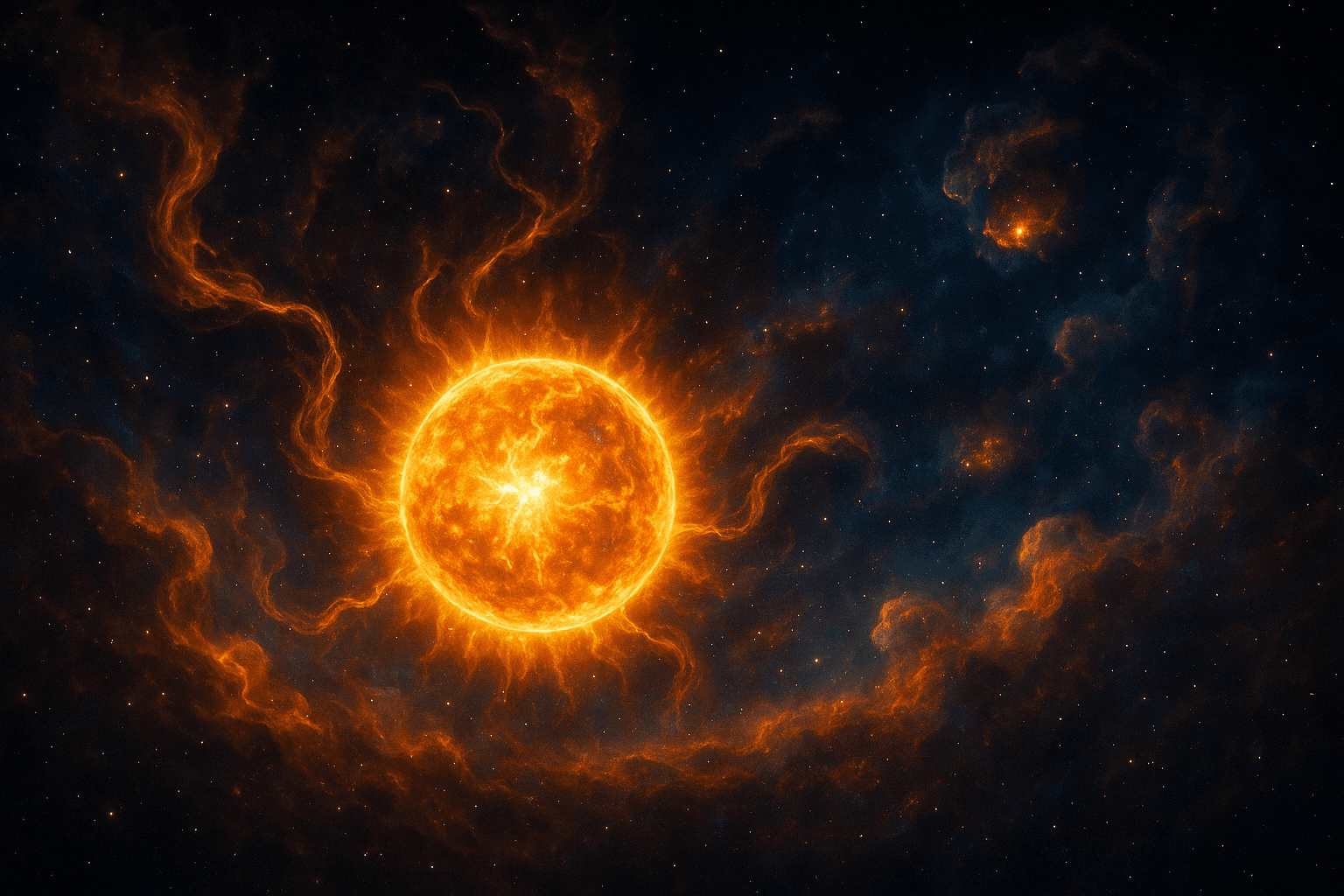The Enduring Fire Behind a Star’s Shine

Stars don’t burn out because they shine less; they shine on because they burn. — Nizar Qabbani
Interpreting Qabbani’s Metaphor
Nizar Qabbani’s evocative quotation likens the resilience of stars to the human experience of perseverance and passion. On the surface, stars do not cease to exist due to a lack of luminescence; rather, their very act of shining is the result of an inner fire—or burning—that sustains them. This metaphor offers a profound viewpoint: true brilliance stems not from merely showing light but from the intense, often hidden forces that power it.
Physics: The Science of Stellar Lifespan
Connecting the metaphor to astrophysics, stars shine because nuclear fusion at their cores releases tremendous energy. Their lasting glow is a direct outcome of this continuous process. As explored in Carl Sagan’s ‘Cosmos’ (1980), a star’s apparent strength is a result of its capacity to sustain fusion, not simply its outer brightness. This scientific parallel deepens Qabbani’s message, suggesting endurance is inseparable from internal transformation.
Passion as the Sustaining Force
Taking the metaphor further, the star’s internal burning symbolizes the role of passion and drive in sustaining one’s purpose. Just as stars grow dim when their fuel runs dry, individuals lose their sense of vitality when they cease to nurture their inner fire. The poet’s image urges us to recognize and value what fuels our ambitions, echoing Maya Angelou’s sentiment: 'Nothing can dim the light that shines from within.'
Resilience in the Face of Challenges
Transitioning from passion to resilience, Qabbani’s words also reflect the idea that true endurance requires persistent effort—even sacrifice. Much like stars spend their entire lifespan in a process of transformation, people sustain their ‘shine’ by weathering hardships and continuing to burn with commitment. Elizabeth Gilbert, in ‘Big Magic’ (2015), affirms that creative living requires this same willingness to be ‘consumed’ by what moves us.
Living Authentically Through Inner Fire
Ultimately, embracing Qabbani’s vision means recognizing that authentic living depends on one’s willingness to be consumed for what matters. The connection between lasting impact and personal sacrifice challenges us to seek substance over mere appearance. In doing so, we affirm—as the stars teach—that enduring brilliance is the natural outcome of burning brightly from within, not the avoidance of using up our energy.